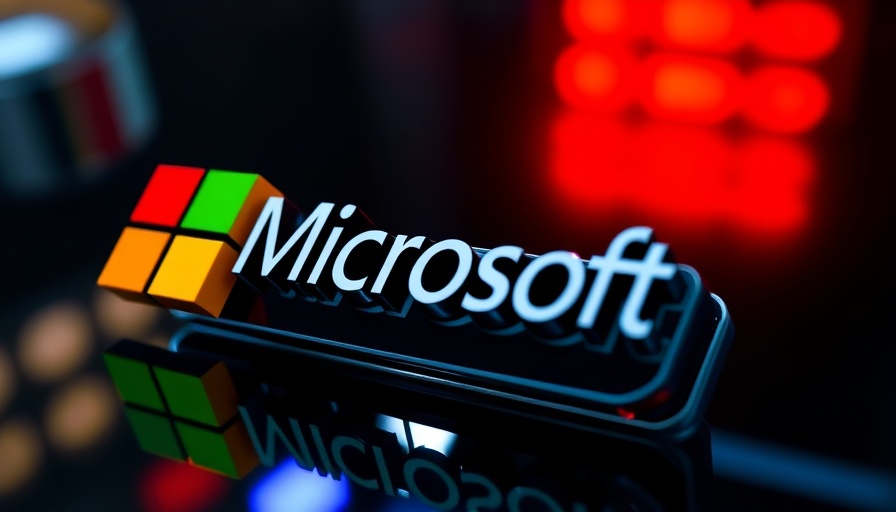
AI and Job Cuts: A Disquieting Duo
In a seismic shift within the tech industry, Microsoft recently announced that it has saved over $500 million by integrating artificial intelligence (AI) into its operations. However, the timing of this revelation could not be more controversial, coming just after the company laid off more than 9,000 employees across various departments. As the tech giant doubles down on its AI strategy, many are left to grapple with the implications of these layoffs and what this means for the future workforce.
The Reality of AI Implementation
Microsoft’s Chief Commercial Officer, Judson Althoff, highlighted the impressive financial benefits derived from AI tools deployed in call centers and sales. With a staggering $26 billion profit last quarter, the figures are compelling, yet they evoke a troubling disconnect. How can a company celebrate its record profits while simultaneously slashing its workforce?
The Human Cost of Innovation
The juxtaposition of AI-driven savings against human layoffs is drawing ire from employees and observers alike. This is especially evident in a now-deleted LinkedIn post by Xbox Game Studios producer Matt Turnbull, who suggested that tools like ChatGPT could help laid-off workers navigate their job loss. This comment, although perhaps well-intentioned, was perceived as being out of touch with the harsh realities faced by those who have recently lost their jobs.
Microsoft’s Ambitious AI Investments
Amid these challenges, Microsoft is allocating an extraordinary $80 billion towards AI infrastructure by 2025. This move indicates a long-term investment in technology that could streamline operations at the potential expense of human roles. Current market dynamics reveal that while AI can boost productivity, it simultaneously raises hard questions regarding job security and the ethics of automation.
Community Response: Voices from the Ground
As the tech sector evolves, local communities are feeling the impact of these shifts. Many former Microsoft employees are left questioning their futures, seeking new opportunities in a landscape increasingly dominated by AI. Grassroots initiatives and local organizations in places like Ohio and Michigan are highlighted as they strive to support displaced workers by offering retraining programs and career counseling.
The Path Forward: Embracing AI Responsibly
The ongoing debate around AI and job loss presents an opportunity to ask vital questions about how companies can maintain profitability without sacrificing their workforce. It’s crucial for tech leaders to approach automation thoughtfully, prioritizing human connections while integrating innovative solutions. Creating supportive frameworks for displaced workers is not just a moral obligation but a pathway to sustainable growth.
Final Thoughts
As Microsoft and other tech companies march into an AI-driven future, the conversation must include a commitment to community and workforce development. Ensuring that transition processes are established can help ease the uncertainty felt by many. This balance is necessary for a thriving economy that includes a diverse talent pool. Understanding these changes—and the human stories behind them—will define the next chapter in our technological journey.
 Add Row
Add Row  Add
Add 




Write A Comment